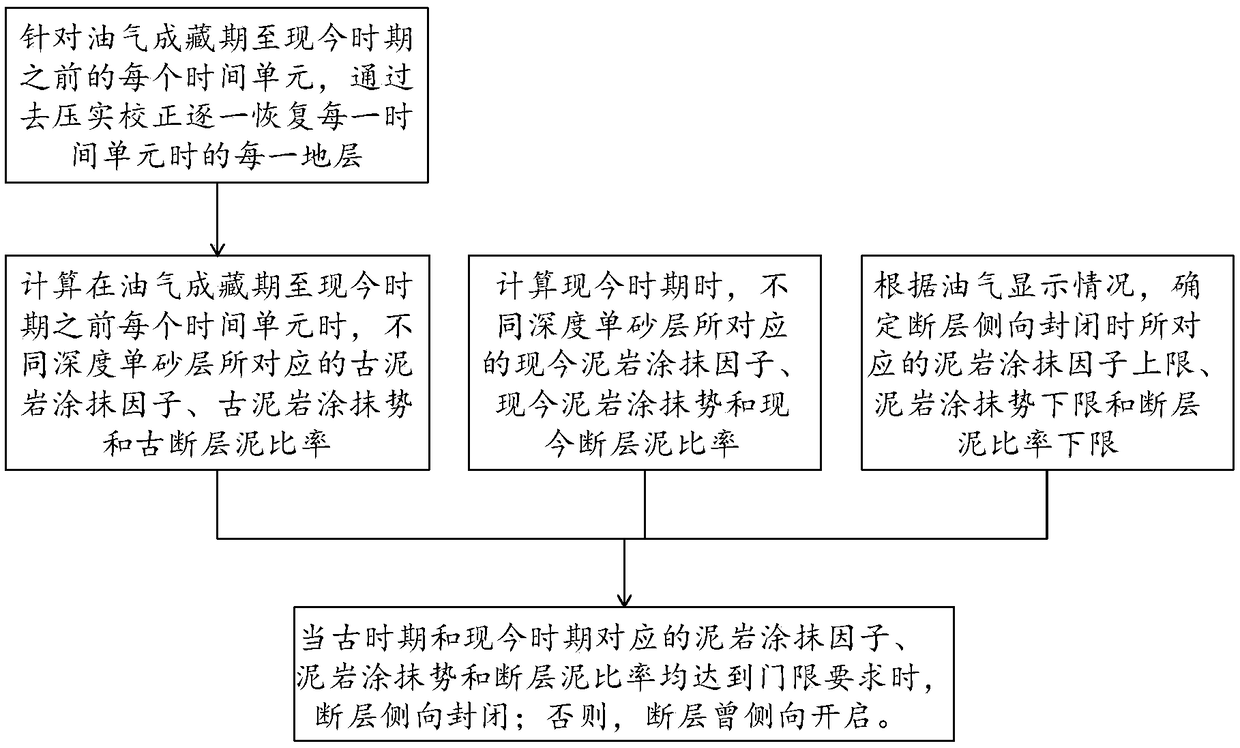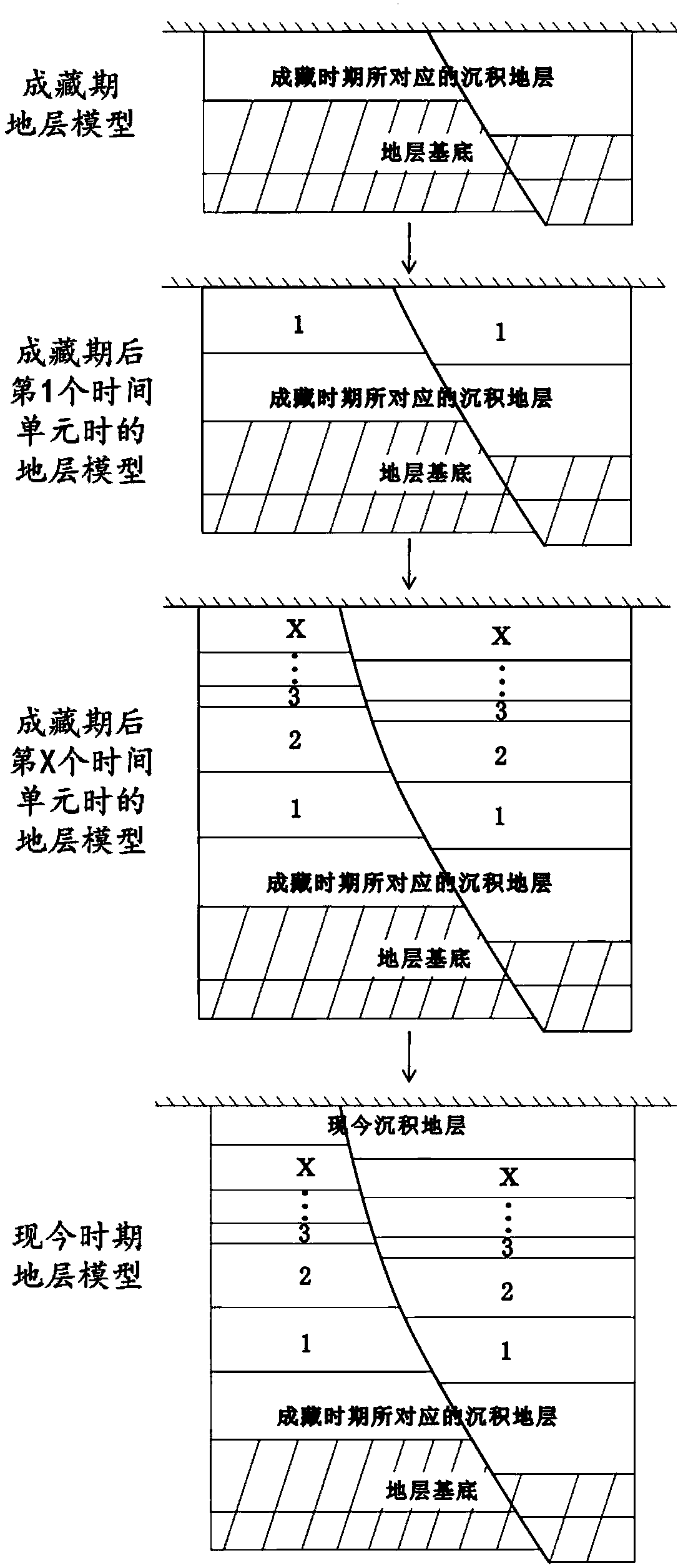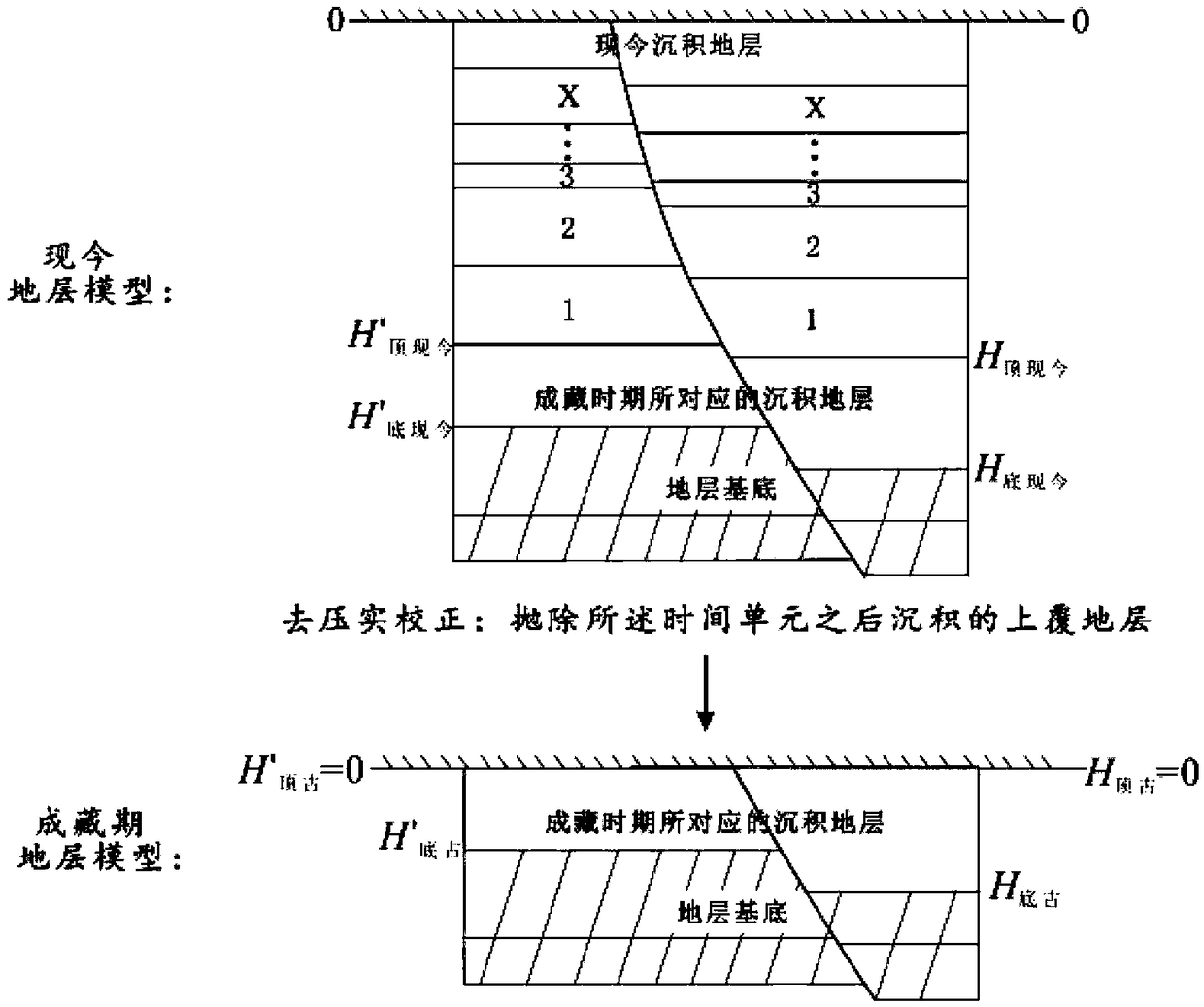Quantitative evaluation method for fault lateral sealability
A quantitative evaluation and sealing technology, applied in the field of oil and gas exploration, can solve problems such as inability to be widely used, weak palaeolateral sealing ability of faults, and low penetration rate of logging data, so as to promote in-depth exploration and development and facilitate large-scale promotion. , Improve the effect of drilling success rate
- Summary
- Abstract
- Description
- Claims
- Application Information
AI Technical Summary
Problems solved by technology
Method used
Image
Examples
Embodiment 1
[0080] Quantitative evaluation of the lateral sealability of the W20 fault block fault in the Wen'an slope of the Baxian sag in the Bohai Bay Basin includes the following steps:
[0081] (1) The Wen'an slope is located in the southeastern part of the Baxian Sag in the Jizhong Depression of the Bohai Bay Basin. The transporting system composed of sand bodies has undergone far-source lateral migration, and the hydrocarbon-enriched strata are mainly Sha 1 Formation, Dongying Formation and Neogene. The oil and gas accumulation period in the Wen’an slope area is the Neogene, and the current period is the Quaternary. Therefore, the oil and gas accumulation period and the present period in this area are two time units that are closely adjacent to each other in geological history. Only the Neogene Decompaction correction, the specific steps are as follows:
[0082] (a) In the W20 fault block, Well W106 in the hanging wall of the fault and Well W63 in the footwall of the fault were se...
PUM
 Login to View More
Login to View More Abstract
Description
Claims
Application Information
 Login to View More
Login to View More - R&D
- Intellectual Property
- Life Sciences
- Materials
- Tech Scout
- Unparalleled Data Quality
- Higher Quality Content
- 60% Fewer Hallucinations
Browse by: Latest US Patents, China's latest patents, Technical Efficacy Thesaurus, Application Domain, Technology Topic, Popular Technical Reports.
© 2025 PatSnap. All rights reserved.Legal|Privacy policy|Modern Slavery Act Transparency Statement|Sitemap|About US| Contact US: help@patsnap.com



